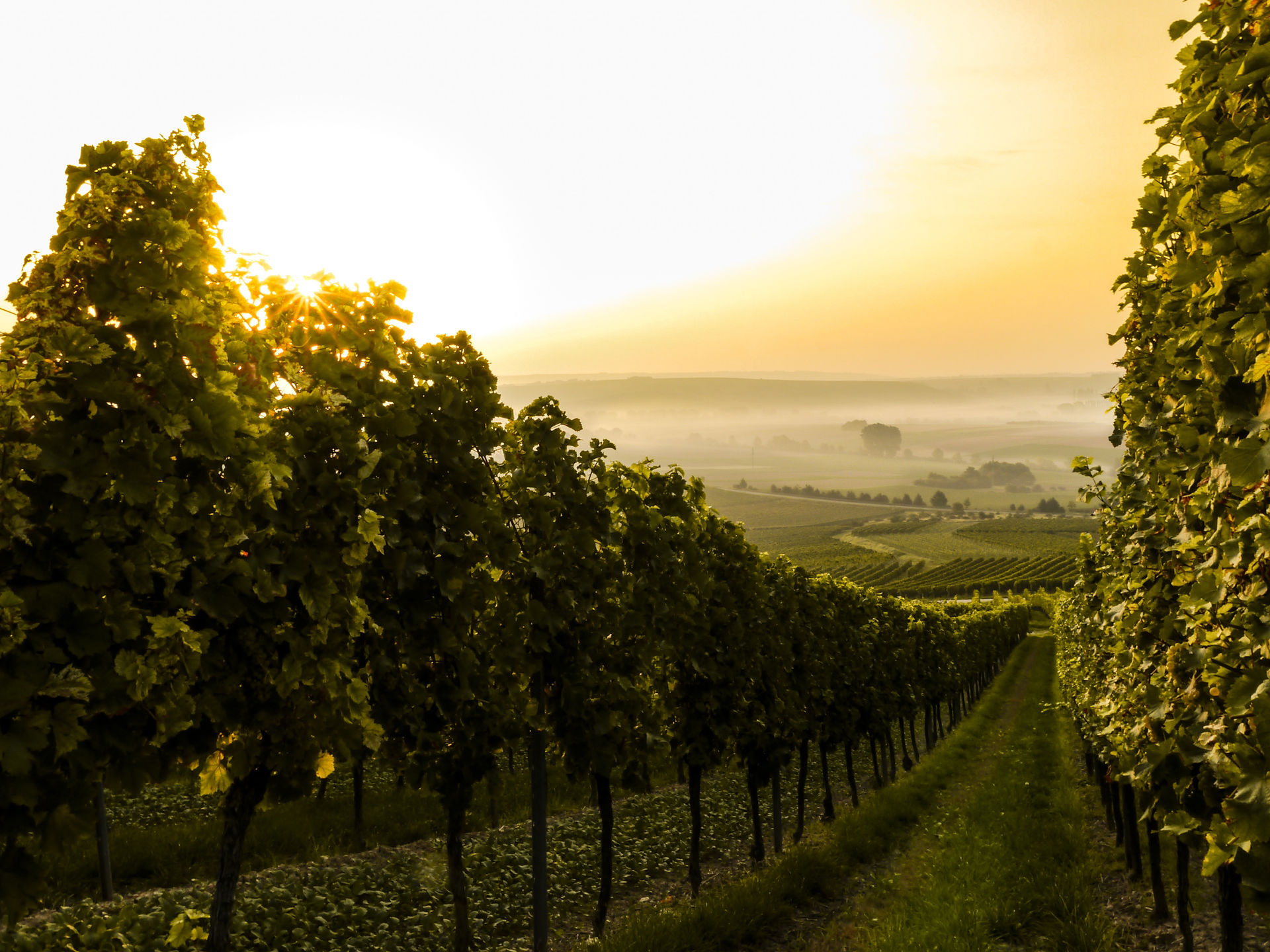Is Love Really Blind? Here’s How You Can Put It To The Test (With Wine).
- Deanna Lowe

- Feb 2, 2022
- 4 min read
Experiment with wines through blind taste tests!
Get creative with 4 ways to do blind tastings and find out what your palate loves.

There's so much going on in February, Lunar New Year, Valentine’s Day, and best of all - my 2-year Blog-iverssary!! I’ve written a lot of my all-time favourite and OG blogs during this time of year like Different Ways to Celebrate LOVE This Valentine’s Day, Chinese Food with Wine, Creative Ways to Celebrate the Lunar New Year at Home, and The Perfect Wine for Your Valentine’s Day. be prepared for A LOT of new content coming your way. Recently, I was watching the Netflix series Love Is Blind (PS: the second season is premiering on Feb 11.). If you haven't watched this show, it's an experiment to test whether people can build romantic relationships without seeing the other person. This really got me thinking of how ingrained it is in human nature to judge things based on appearance. For wine, I find people evaluate the marketing and branding on a wine label to determine which wine they'll buy more often than looking at the details that are really important (you can find tips on how to shop for great wines here). Even when people are tasting wine, marketing and branding can influence how much people enjoy the taste. I mean, I've never heard anyone say a bottle of Veuve Cliquot champagne is bad. So how do you know whether you truly like what's in the bottle?
Doing these experiments really bring out your curiosity and keep your mind open to new things, which is the best approach to tasting and evaluating wines.
Using the concept of Love Is Blind, where appearance is eliminated in the experiment, I challenge you to a wine version of it through a blind taste test! Doing these experiments really bring out your curiosity and keep your mind open to new things, which is the best approach to tasting and evaluating wines. All you need to get started is a group of friends, a couple of wines, wine glasses, paper bags with numbers on them, and notepads and pens for each person. Also, if you haven't done much wine tasting before, check out this blog to help guide you through the process. The simplest way to select the wines to try is to get everyone to bring a bottle of wine. However, if you want to get creative with constructing your blind tastings, here are some ideas:
1. Taste Multiple Vintages Of A Wine

(If you're unsure what vintage means, it just tells you the year the wine grapes were picked) They say a point of time in history is captured in a wine bottle and I’m a true believer of that. The weather conditions that the vineyards encountered that year and the style of wine-making performed during that time all contribute to the final product. Each year those things change, so you can taste how a wine has changed year after year and compare styles of winemaking, which is truly fascinating. Personally, I like to compare wines that are closer in age like a 2015, 2016 and 2017 because the differences can be more subtle. Alternatively, you can compare old wines to young wines, like a 1995, 2009 and 2020, but it’s harder to get your hands on older vintages. When you're deciding which vintages to buy, I'd recommend checking out the Wine-Searcher Vintage Chart to find which years produced the best vintages based on region. Typically, you can only buy multiple vintages of a wine at speciality wine stores or directly from the winery, not government liquor stores. Be sure to call stores to make sure they have what you're looking for before you go.
2. Test One Wine Variety Against Different Price Points

Trying wine varieties at different prices is super fun. One of the most common question I get asked is “is more expensive wine better?". This experiment really puts to the test whether you prefer inexpensive table wines or have more bougie tastes. To make this more structured, make sure the wine varieties is from the same region. Flavour profiles can vary more between different regions, so doing this makes for a fairer playing field between wines.
3. Try A Wine Variety From Different Regions

This is your opportunity to discover how a flavour profile of a wine variety can change from region to region. The differences can be subtle, but can be a make or break for your palate. I’d recommend that you select a wine that is versatile in the styles it’s made in and the climates it can be grown in like Chardonnay, Riesling, Pinot Noir, Gamay, Chenin Blanc, or Barbarea. For example, I can get a Riesling from Alsace France, Santa Barbara USA, and a local region. The wine world is global and so are your options, so mine as well take advantage and delve into how origin can really make a difference for wine.
4. Grab A Variety - Anything Goes!

This is definitely the go-to way for doing a blind taste test. Trying wines across the spectrum from white to sparkling to fortified really expands the range of flavours you can taste. For the person deciding on the order of wines to try, be sure to strategically order them - light-bodied before full-bodied, young before old, dry before sweet wines. In terms of wine types, this is the order you should typically go by - white, rosé, red, sparkling, dessert, then fortified. Ordering your wines properly will ensure that the wines you try first don't negatively impact the taste of the wines you try later.
I hope this read has inspired you to try blind taste testing in creative ways. Be sure to subscribe for updates on the latest content.




Comments